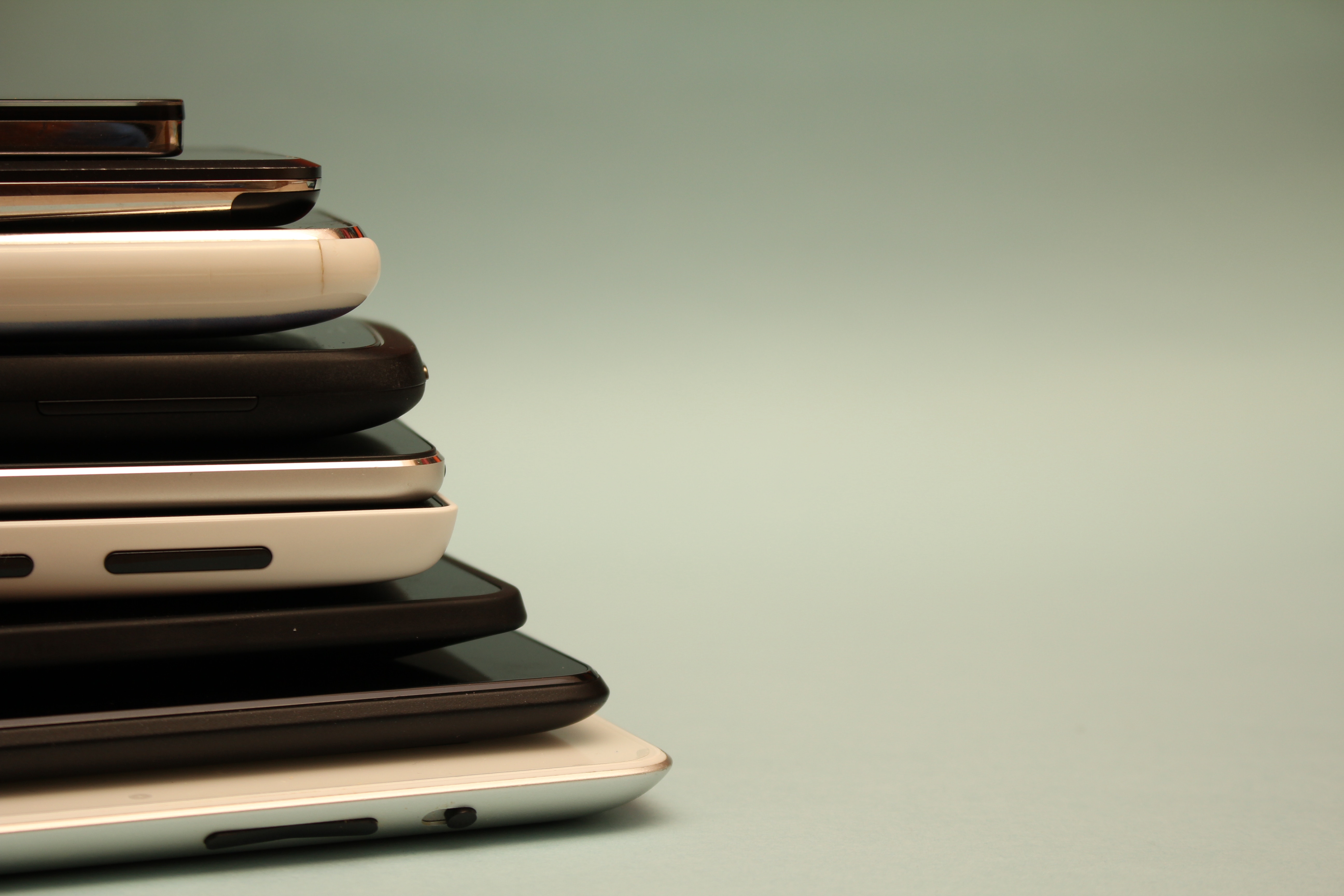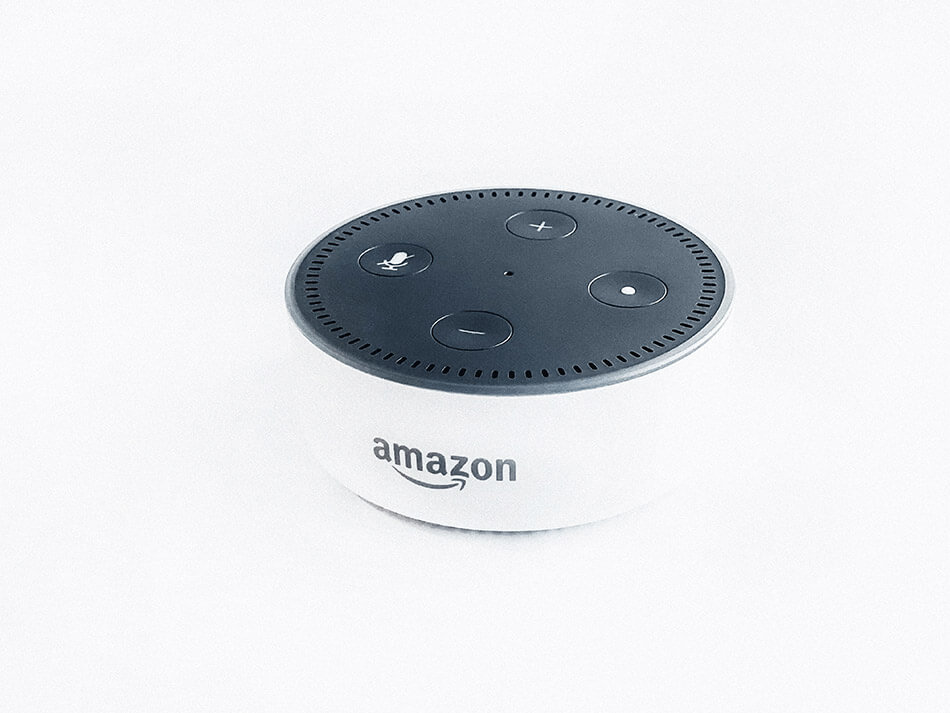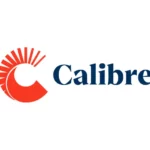Samsung has an idea about what to do when sales grow sluggish. Change the game.
The foldable phone it is working on now would certainly do that. When it’s closed like a book, it’s about the size of any mobile phone but thicker. When open, it shows off a 7.3” screen. Able to run as many as three apps at once, it functions more like a tablet than current phones.
Samsung is being proactive. It still leads all manufacturers in sales volume. But buyers are now keeping their phones longer, so sales have naturally slowed their pace.
Tech followers have been waiting for a peep at the new device. Finally, after a long tease, Samsung let them glimpse the new Infinity Flex.
Glimpse. No one got to handle it or check it closely. The company revealed the prototype phone on Nov. 7 in a darkened room. Viewers were able to see the size of the closed phone and the lighted screen when open. It’s been described as candy bar sized when folded.
We have to take Samsung’s word for it that this is “incredible.” The Infinity Flex isn’t here yet, but Samsung expects to have it on the market within months.
Cooperation Among Competitors
The limiting factor in designing new phones is the operating system. Basically, Apple has one, and every other manufacturer works on Android.
Thus, Samsung went to Google for help. Since Google owns YouTube, Samsung wanted to optimize the phone to run content. Google is also supporting the project with Android. Samsung also worked on the same issue with Netflix regarding streaming video.
Such cooperation is necessary for development, but phone makers are in hot competition. Apple is working on its own foldable version. So is Huawei. Then just recently, Royale, a very small Chinese phone maker, said it was jumping into the race as well.
Slowing Growth Is a Motivator
Mobile phone sales in 2018 have been lower than they were in 2017 for most makers. Apple is the only major company to keep pace with its prior-year sales.
Samsung saw a 13% decrease in the number of phones it sold last quarter compared to a year earlier. Globally, total smartphone sales for all brands dropped 8% last quarter.
Hence the need for something startlingly new and enviable. As users ask more and more of a smartphone, the dividing line between phones and tablets keeps moving closer. The Flex could be the device that marries technologies.
It makes perfect sense, yet market analysts doubt the new style of foldable phones will see hot sales right away.
Strategy Analytics believes the new foldable phone will comprise just 1% of sales next year and rise to only 4% in 2023.
A big problem with early adoption is price. As it stands, the new Samsung will likely cost about $2,000. In that range, it has to deliver quite a lot of functionality to make most users forsake their phone and tablet combos.
Makers are still searching for the best way to achieve large screens in a pocketsize device. Samsung is using two screens. One will grace the front like a typical cell phone screen when the device is folded. When opened, a different screen will deliver the 7.3” display. Royale has opted to use a single folding display.
Clunkiness Potential
As with all advances in technology, there will be a tradeoff. The bright and touch-reactive glass screens we are used to now will not work on a foldable phone. Samsung had to develop a new polymer for the Flex.
The screen is built from layers of laminates and the phone itself will not feature the slimness we have come to admire in current phones.
Wall Street Journal technical writer Christopher Mims said that “folding phones are the 3D TV of the mobile world.” It was not a compliment. Despite all the marketing push, 3D TVs flopped.
The first foldable phones may meet skepticism as well, but the idea is too good to resist if some company gets the technology and price point right. We’re already expecting near-tablet performance from smartphones.
Samsung is first in the race, but it better hurry. Because Apple says it will be coming to market with its own foldable phone in 2020.














